
SERVICES & PRACTICES
TUESDAY 1.17.17
presented by Anna Mendoza at ZOOM ERRANDS
presented by Anna Mendoza at ZOOM ERRANDS
contents
INTRO
WHAT WE DO
WHAT WE DO
HOW WE DO IT
LET'S GET STARTED
LET'S GET STARTED
WHAT WE LEARNED
THANK YOU
hello
thank you for the invitation!
about us
Starting a software build is often a taxing experience,
with many moving parts. Today we're talking about the possible approaches of our teams working together.
Let's start by sharing how we work, our process and
current findings of the ZoomErrands application.
discover / document / develop
what we do
As a developer + design studio, we come together to
help our clients plan the best outcomes with equal
consideration to both disciplines.
While some shops focus more strongly on one set of
services, our combined strengths deliver to both
paradigms without suffering the details.
we love details
list of services

Design & Art Direction
|
UX & UI |
API Audits
|
Software Development
Packaging & POP
|
Content Strategy & Campaign Development
how we do it
Proposed Project Management Structure:
Tools & Methodology Explained
Tools & Methodology Explained
Our project management structure is composed
of several core items. These items work to
enumerate and establish top-level components
guiding all levels of development.
how we do it
Research & Discovery
We start by first capturing all vision & goals, opportunities & challenges, then prioritizing them. A practice that ensures visibility to the entire team.
TRANSPARENCY IS A CORE GOAL
how we do it
Documentation
Each documented item is displayed hierarchically in a production calendar, allowing to quickly observe all Initiatives, view a particular Initiative and its Tasks through a Kanban Board.
LET'S EXPLORE KANBAN
how we do it
Development & Iteration:
Kanban
Kanban is a new technique for managing software development in a highly efficient way, with roots in Toyota's "just-in-time" production system. Activated via a pipeline whereby an informal ad hoc process is blended with a highly formal phased process, it allows for the agents of change to be included without the creation of bottlenecks.
HOW KANBAN WORKS
how we do it
Development & Iteration:
Kanban
The classic Kanban is characterized with cards on large visible board, placed in columns displayed vertically and horizontally. A Project can be updated and it's Cards can reflect all changes, as they flow through a development cycle.
HOW KANBAN WORKS
how we do it
Kanban Boards
Each Board can be architected to reflect the existing protocol and procedures, highlight potential bottlenecks and the amount of work-in-progress at each step. For instance columns in a vertical board could be titled as PENDING, DOING, DONE. SAMPLE HERE
AGENTS OF CHANGE
how we do it
Kanban Cards
Each Card can be architected to reflect the changing needs of each task and it's influence on other Card's completion. The visual nature of each card will display it's progress as the card moves from each column; which again manages bottlenecks and activates attention that inform leaders dynamically.
AGENTS OF CHANGE
how we do it
Forecasting & Analytics
Everyone's bandwidth can be observed, helping support the availability of a team member's work protocol. This allows for collaboration between leadership, a key need that helps transact progress effectively.
AGENTS OF CHANGE
how we do it
Initiatives? An Overview:
Each initiative is defined and organized by the following set of properties, which inform it's goals from a top-level perspective first by our client.
WE LISTEN
& DOCUMENT
how we do it
The Properties of an Initiative include:
- Title
- Description
- Goals
- Checklist
- Category
- Associated Initiatives
- Status - Implemented by Swimming Lanes
- Proposed Start Date
- Due Dates
- Priority
- Assessment
- Archive / History
- List of Tasks
- Membership
- Email Alerts & Rss Feeds
how we do it
Tasks? An Overview:
Each task will be organized with a similar set of properties from the same Kanban board. A creative brief will be furnished noting each task's objectives, whom it will be tasked to, deadlines, etc. The properties of each task are often the same as initiatives, yet are more specific to heighten focus.
MORE LISTENING
& DOCUMENTING : )
how we do it
The Properties of a Task include:
- Title
- Description
- Status - Implemented by Swimming Lanes
- Proposed Start Date
- Creative Brief - this will be furnished for review.
- Owner of a Task
QUESTIONS
COMMENTS?
let's get started
Proposed Workflow: Requirements Gathering
Let's begin with an iterative whiteboard spec.
The classic experience of documenting it on a whiteboard, sticky notes and pencil sketches and all...
Phase 1: Document & Task Management
let's get started
Proposed Workflow: Requirements Gathering
• what's the status of the application?
• what needs to be built out?
• what have been the problems to date?
• Let's try listing all potential Scenarios today
• In parallel to this initial requirements gathering
we will be the drafting our own set of expected Scenarios
and furnishing them in a Gherkin document.
and furnishing them in a Gherkin document.
Phase 1:
Document & Task Management
What are the re-usable concepts?

Each Initiative will be expresses as one 'board'.
Each task its own ticket. Each function inside the task, will include its own set of requirements.
A combo of Basecamp and Trello can then be generated (TBD).
All features and tasks will be prioritized based on complexity rating (TBD).
Basically today is about listening.
We're organizing complexity into
simple reusable design patterns
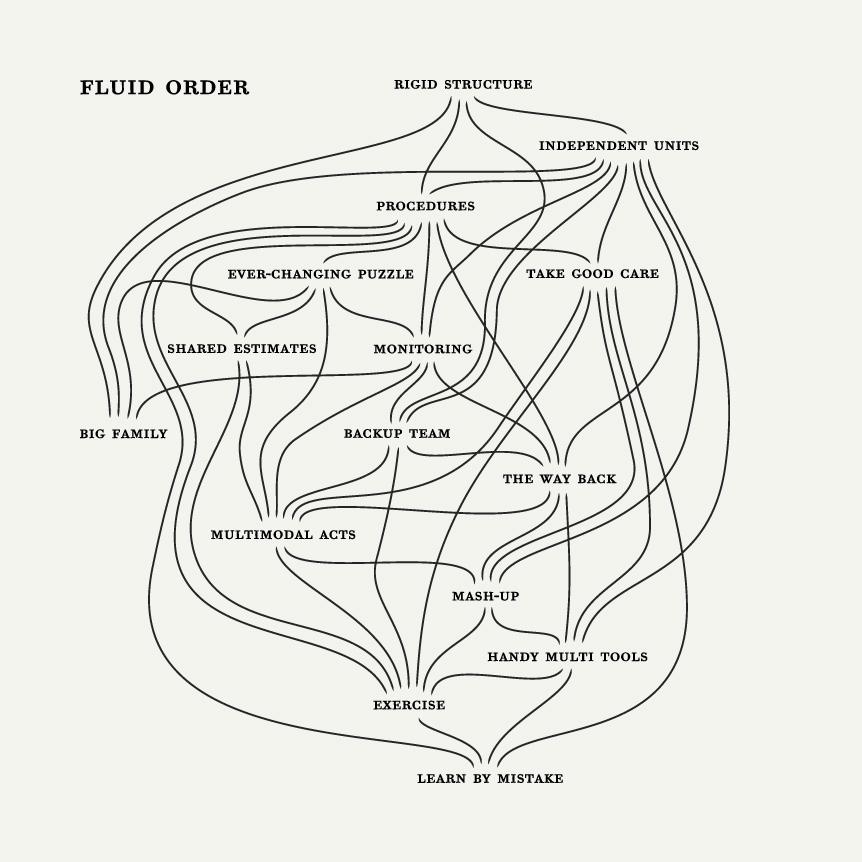
let's get started
Proposed Workflow: Sample of Documentation
• The work will be documented as a static document to ensure we are indeed correct with all assumptions
• Once each task has been accepted through static documentation, the development of an interactive version generally ensues
Phase 2:
Provide Sample of Documenation
let's get started
Proposed Workflow: Final comments from all Stakeholders
• Based on client review, iterate forward and gain full acceptance. ( TBD )
• Final comments to be captured via Notabl.com Each comment will be tracked back to the ticket created per task generated. ( TBD )
Phase 3: Client Feedback
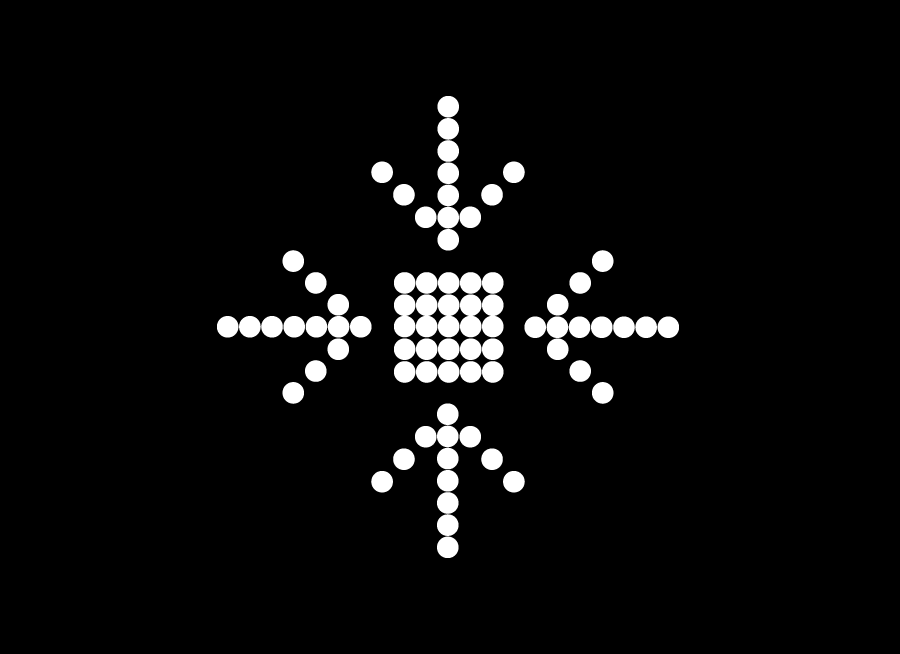
reduce
I'm going to wrap it up here with
4 parallels that are worth noting.
2 that are indirections and 2 that
are total complements.
Parallel No.1

Abstract Semantics
Everything is an object.
So how often are we saying: WHERE IS 'IT' ? ? ?
If our syntax needs love, we'll tell you.
Parallel No.2 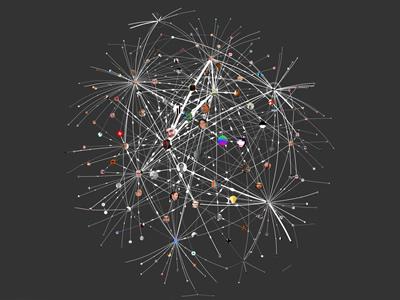
Patterns are Everywhere
Design & Realization of Patterns
are now more than ever intertwined
making this a major cross-over.
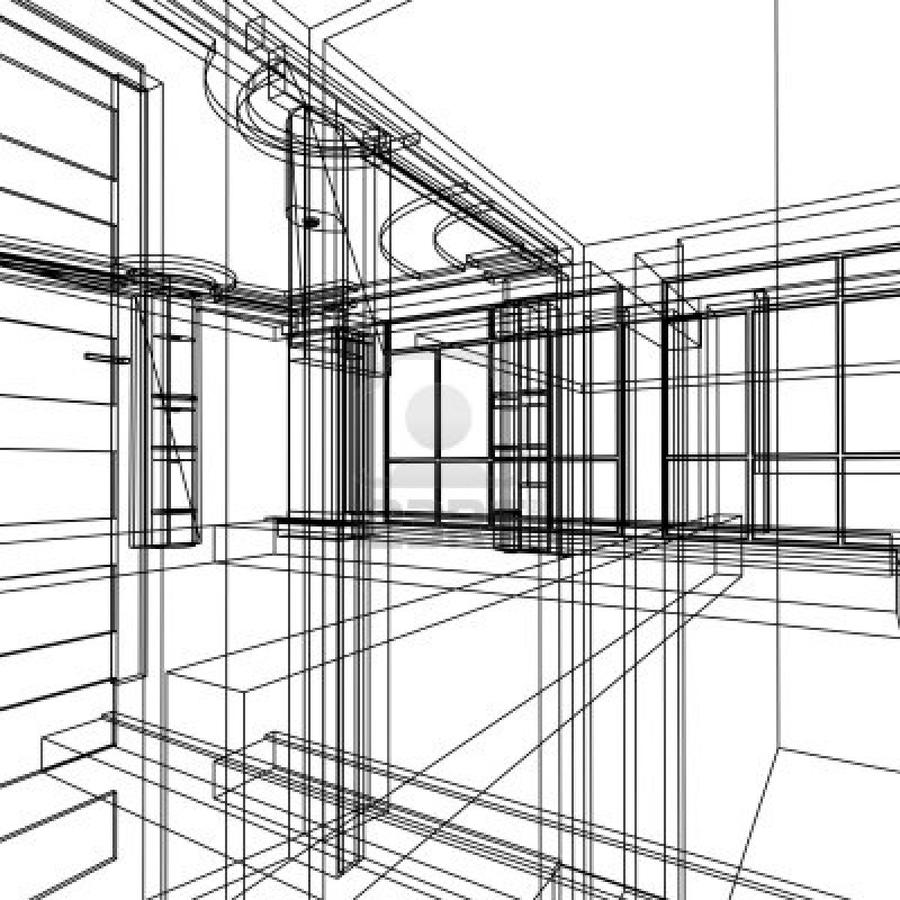
Parallel No.3
Why We Build
Problem solving at it's core
For purpose + necessity
For functional outcomes
Efficiency a big driver
Let's build something to change the world!
Parallel No.4 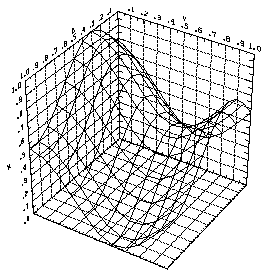
Interesting Development Cycles
Architecture is driven by concepts, theories and DRAWING
Programming is driven by concepts, theories and WRITING
THANK YOU!
Getting Started with Curve
By Anna Mendoza
Getting Started with Curve
OUR SERVICES AND PRACTICES EXPLORED
- 1,125



